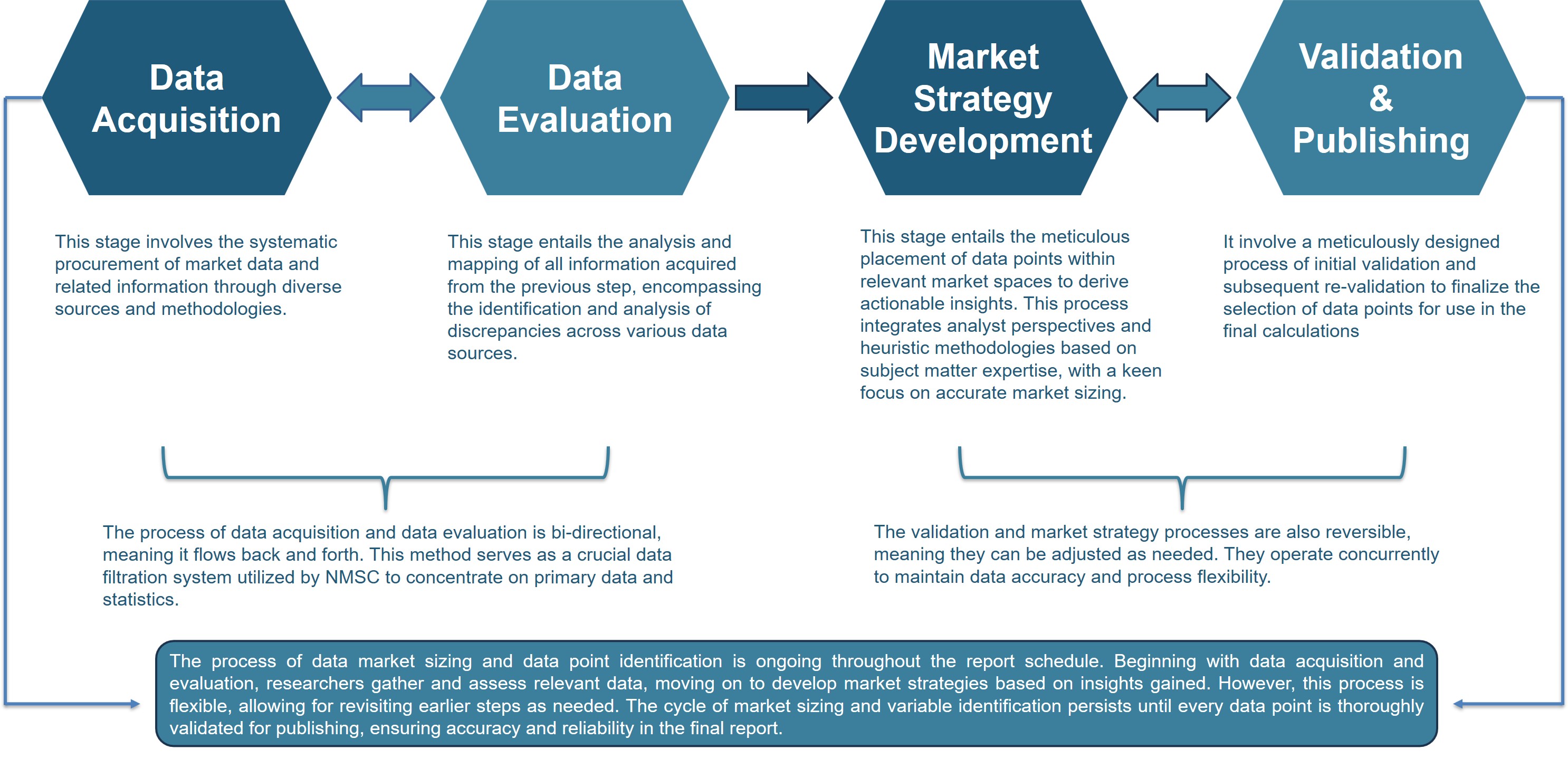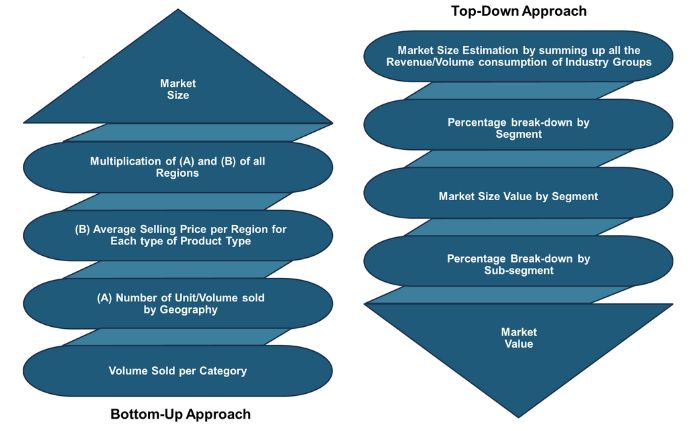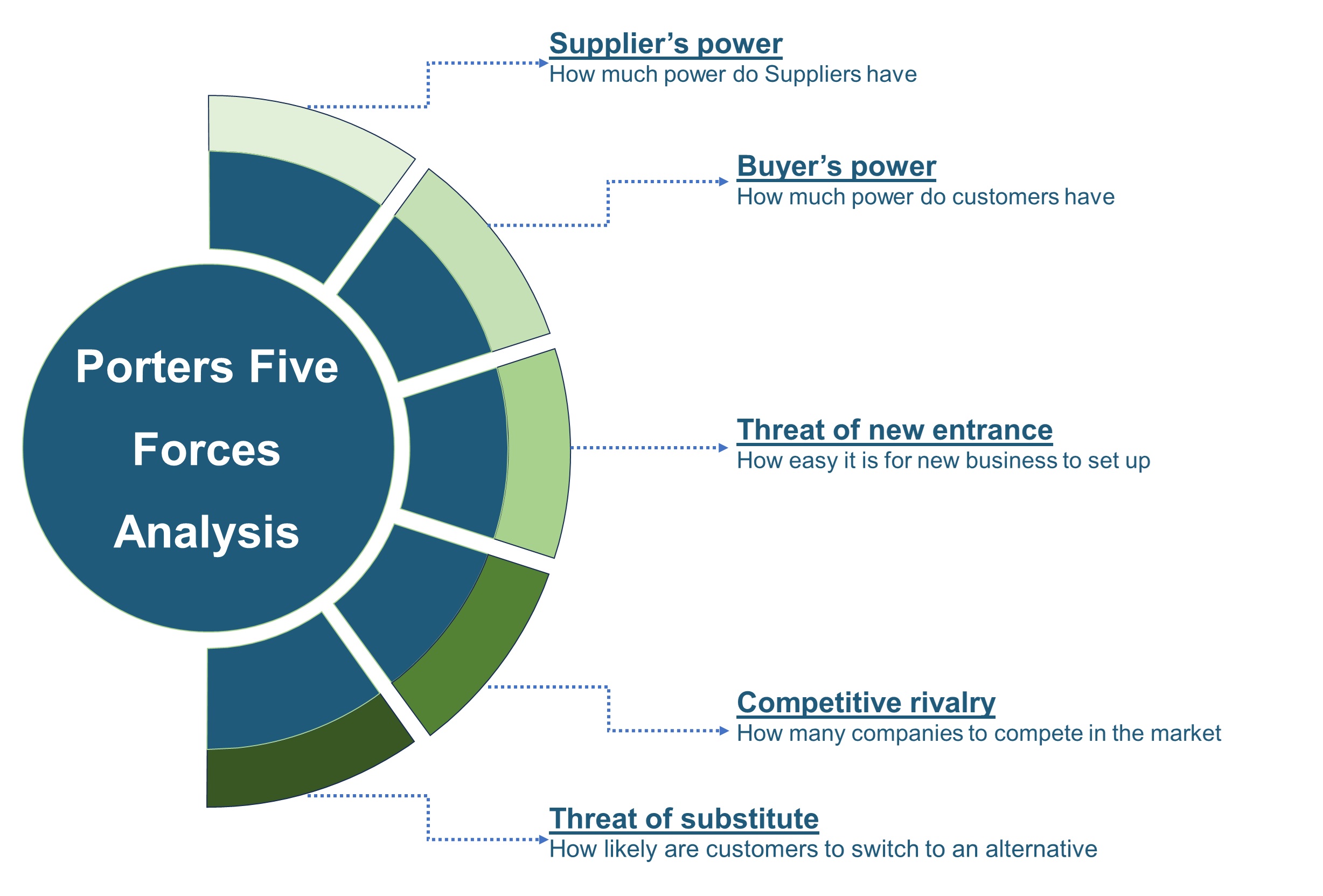
Automotive Solar Chargers Market by Type of Vehicle (Electric Vehicles (EVs), Hybrid Electric Vehicles, and Plug-in Hybrid Electric Vehicles), by Solar Charging System (Integrated Solar Charging Systems and Portable Solar Charging Systems), by Charging Capacity (Low Power Capacity, Medium Power Capacity, and High-Power Capacity), and by Application (Consumer Vehicles, Commercial Vehicles, and Military and Defense Vehicles) – Global Opportunity Analysis and Industry Forecast, 2025– 2030
Automotive Solar Chargers Market Overview
The global Automotive Solar Chargers Market size was valued at USD XXX billion in 2024 and is predicted to reach USD XXX billion by 2030 with a CAGR of XXX% from 2025-2030.
The factors such as the shift towards renewable energy, rising demand for electric vehicles, and advancement in solar technology drives the market growth. However, the high installation cost of solar chargers poses significant challenges to market expansion. On the contrary, the incorporation of solar chargers in vehicles offers promising future opportunities to improve efficiency of solar power and reduce dependance on traditional charging infrastructure.
Moreover, the top players such as Span.io, ChargeNet, MOEV Inc., and Yotta Technologies, Inc are taking various initiates like product launches in order to enhance their market expansion. These initiatives are expected to enhance user convenience and performance.
With innovations, companies are focusing on developing product that will reduce dependence on fossil fuels and also lower carbon emissions. As the automotive industry shifts its focus to renewable energy, the market continues to grow and expand driven by its increasing use among environmentally conscious individuals.
Transition Towards Renewable Energy Propels the Market Growth
The global shift towards renewable energy to reduces the carbon emission and promote clean energy is fueling the automotive solar charger market. Recent report by the International Energy Agency states that, renewable power investment rose from USD 596 billion in 2022 to USD 659 billion in 2023. This bolsters the adoption of automobile solar chargers for clean and renewable methods of charging electric and hybrid vehicles.
Rising Demand for Electric Vehicles Boosts the Market Demand
Growing demand for electric vehicles worldwide functions as another key growth driver for the marketplace dedicated to automotive solar chargers. The rising popularity of electric vehicles requires new convenient charging systems that create expanding demand for automobile solar chargers.
As per the World Economic Forum's 2023 report, global electric vehicle sales surged by approximately 60% in 2022, surpassing 10 million sales for the first time. The rapid growth in electric vehicle sales establishes a greater need for solar chargers that align with the changing expectations of conscious environment consumers alongside the wider automotive industry.
Advancements in Solar Technology Fuels Market Growth
The worldwide advancements in solar technology, particularly solar photovoltaic cells, is driving the automotive solar charger market demand. Latest report by the International Energy Agency states that, installations of wind energy and solar PV systems will be doubled by 2028 to nearly 710 GW. This modern solar charger technology delivers higher reliability and increasing consumer interest which accelerates the adoption of solar chargers for use within automotive markets.
High Installation Cost of Solar Chargers Hinders the Market Growth
The high initial cost of installing solar chargers acts as a barrier among small businesses, thereby restraining the automotive solar chargers market growth.
Integration of Solar Panels in Vehicles Creates Future Opportunity
The integration of solar panels directly into vehicle designs is expected to create future opportunities in the automotive solar chargers market. Automakers can improve solar energy efficiency and decrease their need for conventional refueling infrastructure by integrating solar panels seamlessly throughout their models especially on rooftops, which will boost the market. For instance, in August 2024, GoSun unveiled its innovative solar charger with a feature that attaches the device to vehicle roof racks for efficient charging without relying on conventional stations.
Market Segmentations and Scope of the Study
The automotive solar chargers market report is segmented on the basis of type of vehicle, solar charging system, charging capacity, application area, end-user application, and region. On the basis of type of vehicle, the market is segmented into electric vehicles (EVs), hybrid electric vehicles (HEVs), and plug-in hybrid electric vehicles (PHEVs). On the basis of solar charging systems, the market is classified into integrated solar charging systems and portable solar charging systems. On the basis of charging capacity, the market is divided into low power capacity, medium power capacity, and high power capacity. On the basis of application, the market is categorized into consumer vehicles, commercial vehicles, and military and defense vehicles The regional breakdown includes regions such as North America, Europe, Asia-Pacific, and the Rest of the World (RoW).
Geographical Analysis
North America dominates the automotive solar chargers market and is expected to continue its dominance during the forecast period. This is attributed to the presence of key industry players such as Span.io, Skyhook Solar, MOEV Inc., and Yotta Technologies, Inc., in this region. These companies leverage their expertise and resources to drive innovation and scale solar charging solutions.
For instance, in January 2023, Skyhook Solar, a clean energy solutions provider, launched solar charging stations to power MoGo Detroit's new e-charging bikeshare stations. Skyhook launched its solar stations into five systems in North America, demonstrating the potential to serve as a carbon-neutral transportation solution. This continuous launch of charging stations is driving the market.
Moreover, the rising expansion of solar panel manufacturing plants in North America is another factor propelling the market. For example, in June 2023, Canadian Solar opened their solar module production plant in Mesquite, Texas to create 20,000 high-power modules per day. The new manufacturing facilities increase both the availability and affordability of solar panels used in automotive solar chargers throughout this region thus boosting the charge of solar energy development.
On the other hand, Asia-Pacific is expected to show steady rise in the automotive solar chargers industry driven by the region's increasing exports of solar panels. According to the reports of the Sandbag Climate Campaign CIC, exports of solar panels from China increased by 34% in the first half of 2023, with 114 GW shipped worldwide. This increase in the export of solar panels enhances their global availability, thereby ensuring a steady supply for automotive solar charger manufacturers.
Also, the increasing adoption of electric vehicles is another factor driving for the market. An International Energy Agency report indicates that new electric car adoption numbers in China reached 8.1 million during 2023 marking a 35% increase from 2022 levels.
The rise in electric vehicle adoption among consumers and business users simultaneously fuels growing demand for efficient sustainable charging solutions. Automotive solar chargers offer a convenient and renewable energy source enabling users to harness solar power for their vehicles.
Competitive Landscape
Various key market players operating in the automotive solar charger industry include Span.io, ChargeNet, MOEV Inc., Yotta Technologies, Inc., Hive Power SA, Skyhook Solar, PowerFlex, Zhejiang Benyi New Energy Co., Ltd., Delta Electronics, Inc., HES Renewables, Griden Technologies Pvt. Ltd., GoSun Inc., Paired Power, Bharat Heavy Electricals Limited, EmPower Solar, and others. These market players continue to adopt various development strategies including product launches to maintain their dominance in the market.
For instance, in June 2024, Paired Power launched PairFleet, a solar-powered microgrid charger and battery storage solution tailored for electric vehicle fleets. This new product is designed to enhance EV charging capabilities without the need for expanding electrical infrastructure.
Furthermore, in October 2023, ChargeNet launched eight new electric vehicle charging sites across the country's regional centers. All the new sites are powered by 100% renewable, climate positive certified electricity from wind, hydro, and solar sources.
Key Benefits
-
The report provides quantitative analysis and estimations of the automotive solar chargers market from 2025 to 2030, which assists in identifying the prevailing industry opportunities.
-
The study comprises a deep-dive analysis of the current and future automotive solar chargers market trends to depict prevalent investment pockets in the industry.
-
Information related to key drivers, restraints, and opportunities and their impact on the automotive solar chargers market is provided in the report.
-
Competitive analysis of the key players, along with their market share is provided in the report.
-
SWOT analysis and Porter's Five Forces model is elaborated on the study.
-
Value chain analysis in the market study provides a clear picture of the roles of stakeholders
Automotive Solar Chargers Market Key Segments
By Type of Vehicle
-
Electric Vehicles (EVs)
-
Hybrid Electric Vehicles (HEVs)
-
Plug-in Hybrid Electric Vehicles (PHEVs)
By Solar Charging System
-
Integrated solar charging systems
-
Portable solar charging systems
By Charging Capacity
-
Low Power Capacity
-
Medium Power Capacity
-
High Power Capacity
By Application
-
Consumer Vehicles
-
Commercial Vehicles
-
Military and Defense Vehicles
By Region
-
North America
-
The U.S.
-
Canada
-
Mexico
-
-
Europe
-
The UK
-
Germany
-
France
-
Italy
-
Spain
-
Denmark
-
Netherlands
-
Finland
-
Sweden
-
Norway
-
Russia
-
Rest of Europe
-
-
Asia-Pacific
-
China
-
Japan
-
India
-
South Korea
-
Australia
-
Indonesia
-
Singapore
-
Taiwan
-
Thailand
-
Rest of Asia-Pacific
-
-
RoW
-
Latin America
-
Middle East
-
Africa
-
Key Players
-
Span.io
-
ChargeNet
-
MOEV Inc.
-
Yotta Technologies, Inc.
-
Hive Power SA
-
Skyhook Solar
-
PowerFlex
-
Zhejiang Benyi New Energy Co, Ltd.
-
Delta Electronics, Inc.
-
HES Renewables
-
Griden Technologies Pvt. Ltd.
-
GoSun Inc.
-
Paired Power
-
Bharat Heavy Electricals Limited
-
EmPower Solar
REPORT SCOPE AND SEGMENTATION:
|
Parameters |
Details |
|
Market Size in 2024 |
USD XXX Billion |
|
Revenue Forecast in 2030 |
USD XXX Billion |
|
Growth Rate |
CAGR of XX% from 2025 to 2030 |
|
Analysis Period |
2024–2030 |
|
Base Year Considered |
2024 |
|
Forecast Period |
2025–2030 |
|
Market Size Estimation |
Billion (USD) |
|
Growth Factors |
|
|
Countries Covered |
28 |
|
Companies Profiled |
15 |
|
Market Share |
Available for 10 companies |
|
Customization Scope |
Free customization (equivalent up to 80 working hours of analysts) after purchase. Addition or alteration to country, regional, and segment scope. |
|
Pricing and Purchase Options |
Avail customized purchase options to meet your exact research needs. |

















 Speak to Our Analyst
Speak to Our Analyst



















